Feeding insects to aquaculture species can be readily adapted
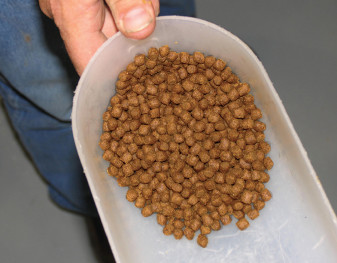
“Garbage in, garbage out.” This long-standing cliché in the computer world is just as true in feed formulation: Poor-quality ingredients can’t become good-quality ingredients, no matter what one tries to do with them.
Quality protein is essential for the healthy growth of any omnivorous or carnivorous aquaculture species. Insect meals seem to fill this need, and their mass-scale production appears to be sustainable. Nevertheless, recent studies have shown that bringing insects into the global protein supply will depend on collecting and using relatively high-quality waste sidestreams that are not currently used for livestock production.
Protein, amino acid content
The great potential of insects as an alternative protein source becomes apparent when comparing their protein content with that of plant protein sources such as soybeans or animal by-products such as meat and bone meal. Indeed, insects have been qualified as “protein concentrates” with protein content ranging from 30 percent in wood worms to 82 percent in some species of wasps. Their digestibility values go from 33 percent up to 96 percent in some moth and butterfly larvae.
Similarly, the amino acid composition of insect meals differs largely among species. High amino acid values for phenylalanine and tyrosine have been found in some species, and some insects are rich in tryptophan, lysine and threonine (Figure 1). However, the analytical data suggest that for insects, total sulfur amino acids are first limiting, and when insect meals are incorporated into aquaculture diets as the primary source of protein, total sulfur amino acids were shown to be the first limiting amino acid.
Lipid, carbohydrate content
In addition to protein, the other main component in the nutrient composition of insects is fat. The bulk of insect fatty acid analyses indicate that most insect-level profiles are fairly similar. Numerous studies have shown that diet is a significant contributor to the polyunsaturation of fatty acids in insects.
Insect lipid content — which can reach 50 percent on a dry-matter basis — is usually unsaturated, resembling oil or sunflower oil. Triglycerides represent the largest store of metabolic energy in insects. In addition and similar to shrimp, insects cannot synthesize cholesterol de novo.
It is important to keep in mind that an imbalance of sterols, particularly cholesterol, can reduce growth rates, molting frequency and survival in farmed shrimp. Based on fresh weight, the reported cholesterol contents of insects range from 105 mg/100 g for house crickets to as low as 56 mg/100 g for scarab beetles.
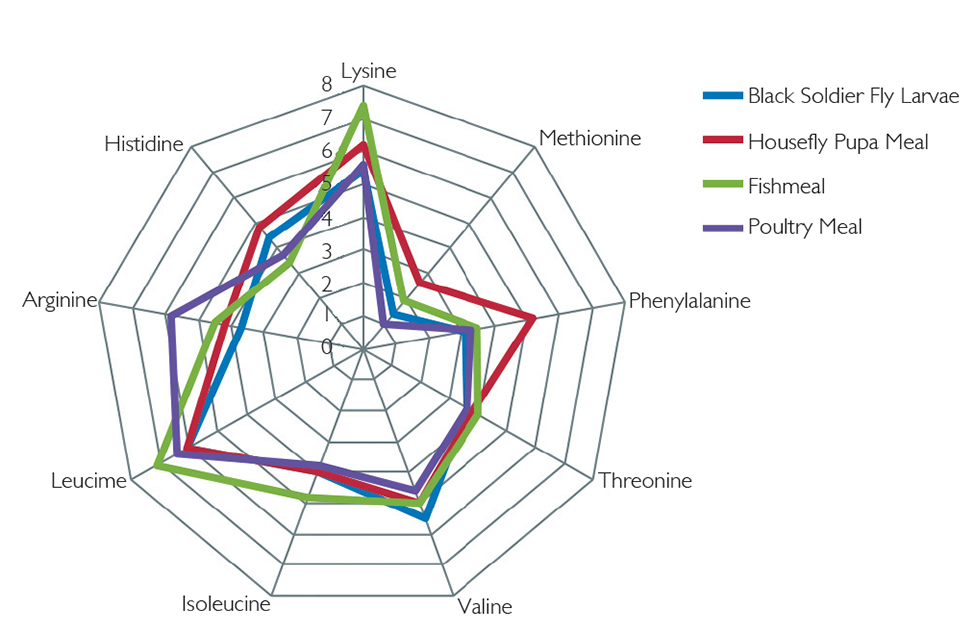
Insects also tend to have low concentrations of structural carbohydrates: 3 to 4 percent in immature stages and 15 percent in adults. Studies have shown that larvae reared on foods with a low protein:carbohydrate ratio gained less mass, grew more slowly and contained significantly less storage protein reserves than individuals fed balanced or high-protein diets.
Insect meals in aquafeed
Studies have shown that black soldier fly prepupae seem to be a suitable ingredient for partial replacement of fishmeal and fish oil in rainbow trout diets. In addition, the fly content does not appear to alter the flavor of the trout.
In a recent 12-week feeding trial with rainbow trout and using “super worm meal,” an ingredient produced by grinding up larvae of the tropical darkling beetle, Zophobas morio, good performance was achieved with levels of worm meal up to about 15 percent. Data from a study with African catfish fed grasshopper meal revealed the insect meal could replace fishmeal at up to 25 percent without any adverse effect on growth and nutrient utilization.
In the early 1970s, studies indicated that when shrimp were offered arthropods, the insect larvae were selected over the insect nymphs, which, in turn, were preferred over the adults. Published results from feeding trials with shrimp species conducted to evaluate the nutritive value of insects or insect meals as a replacement for fishmeal are limited.
Insect peptides produced by hydrolysis of house fly larvae and fed to Pacific white shrimp, Litopenaeus vannamei, resulted in adequate body weight gain, reduced feed-conversion ratios and high survival rates. In a more recent study performed to evaluate the partial and total replacement of formulated feed by live insects (Tricho-corixa species), during intensive culture of L. vannamei, shrimp fed exclusively on insects had poor growth, but no effect was detected on the color, odor and taste of shrimp muscle.
Perspectives
The practice of feeding insects to aquaculture species can be readily adapted in an aquaculture industry with a range of farming systems and a pool of cultivated species with different nutrient requirements. The safety and economic viability of breeding and rearing insects on organic wastes need to be considered, but in order to be economically feasible, the overall cost of rearing and feeding insects to fish and shrimp needs to be lower than the costs of feeding conventional protein sources like fishmeal, animal by-products or soybean meal.
Author
-
Florentino Torres
Chief Executive Officer
Feedsagrisolutions SAS
Cra 14, #19-36
Bucaramanga, Santander, Colombia
[109,111,99,46,109,101,112,105,99,115,64,97,105,99,110,101,114,101,103,168,128,226]
Tagged With
Related Posts
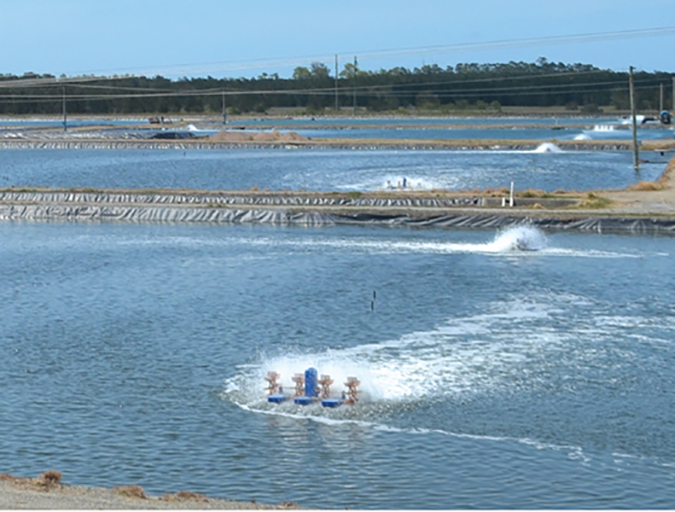
Aquafeeds
Feed tray management lowers FCRs, shrimp production costs in Australia
Shrimp farmers in Australia believe that applying smaller amounts of feed regularly is an effective strategy for maximizing feed conversion in ponds. By providing more time for shrimp to rest between eating cycles, consistently lower FCRs have been achieved.
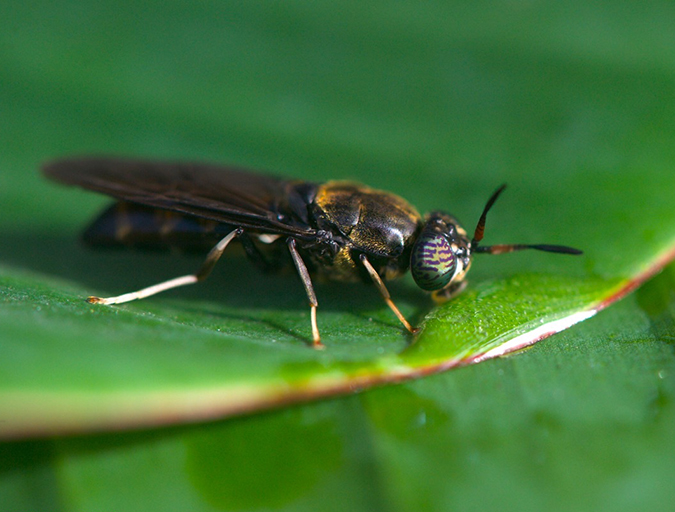
Aquafeeds
Buggin’ out: Tapping the potential of insect meal in aquaculture
Black soldier flies are gaining interest as a leading alternative ingredient in aquafeeds. But will the “ick” factor be a turn-off? Advocate contributor Clare Leschin-Hoar investigates.
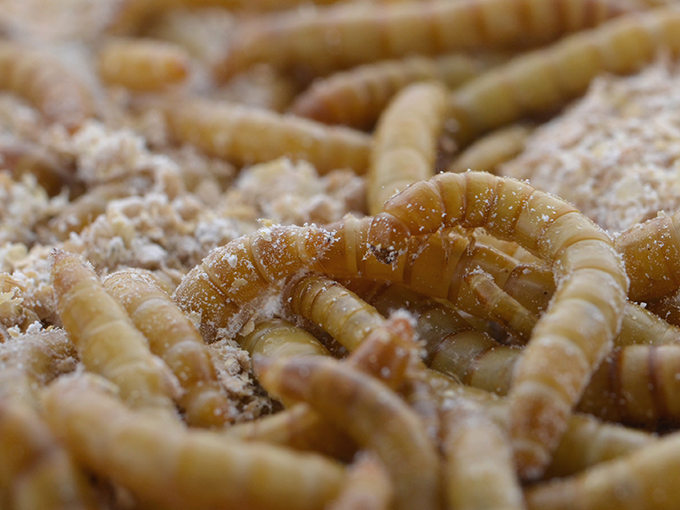
Aquafeeds
Larvae lunch, anyone? Insect-based feeds soon on aquafeed menu
This July, European Commission regulations allowing insect-based feed will be amended, and insect-farming companies like Agriprotein and Ynsect are gearing up for expansion in the EU.
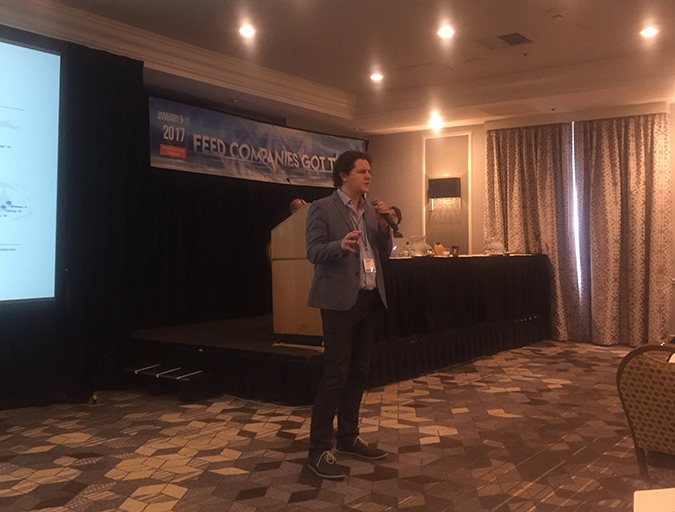
Aquafeeds
Talent show: Aquafeed companies show off at F3
Aquafeed manufacturers and alternative feed ingredient suppliers from all over the world gathered in Silicon Valley for F3, the Fish Free Feed contest. In the hub of innovation, solutions to a global problem were on full display.


